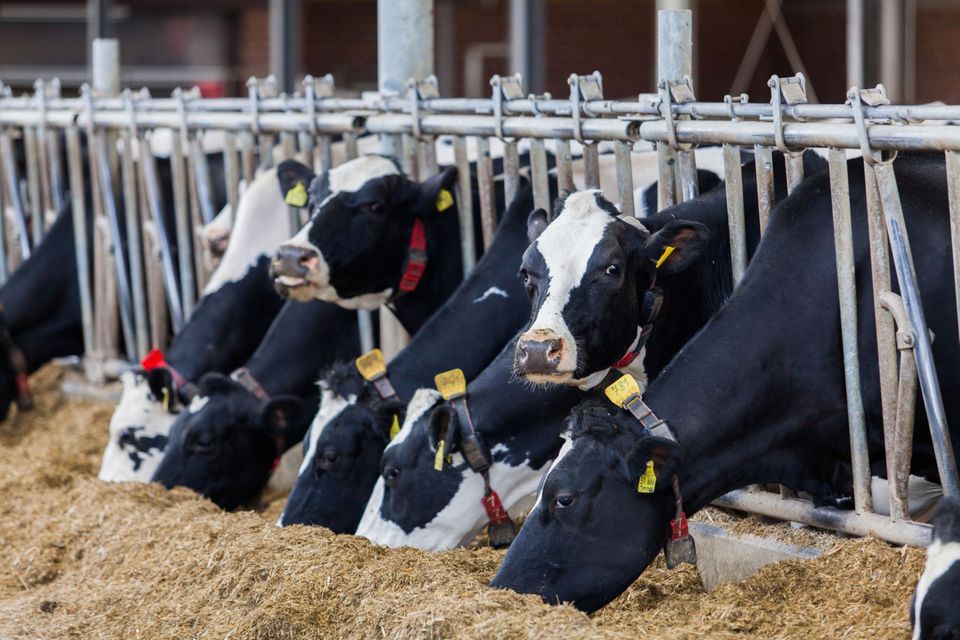
Assessing the Success of Animal Treatment: A Comprehensive Analysis
Introduction:
Animal treatment encompasses a wide range of practices aimed at promoting the health, welfare, and well-being of animals across various settings, including agriculture, research, companion animal care, and wildlife conservation. While significant progress has been made in recent years in advancing animal welfare standards and practices, assessing the overall success of animal treatment remains a complex and multifaceted endeavor. In this blog, we’ll explore the factors influencing the success of animal treatment efforts and examine the challenges and opportunities for improving outcomes for animals worldwide.
1. Veterinary Care:
Access to veterinary care is a cornerstone of successful animal treatment, providing essential medical services such as preventive healthcare, diagnosis, treatment, and surgery. Veterinarians play a crucial role in safeguarding animal health and welfare, providing expert guidance and medical interventions to address a wide range of health issues and concerns.
In agricultural settings, veterinary care is essential for managing herd health, preventing and treating diseases, and optimizing production efficiency. Similarly, in companion animal care, veterinarians provide routine wellness exams, vaccinations, and medical treatments to ensure the health and longevity of pets. Additionally, veterinary care is critical for wildlife conservation efforts, providing medical interventions to rehabilitate injured or orphaned animals and conducting disease surveillance and research to protect endangered species.
2. Welfare Standards and Regulations:
The establishment and enforcement of welfare standards and regulations are essential for ensuring the successful treatment of animals across various sectors. Governments, international organizations, and industry stakeholders have developed a range of guidelines, codes of practice, and regulations aimed at protecting animals from cruelty, neglect, and exploitation and promoting humane treatment and care.
While progress has been made in implementing welfare standards and regulations, challenges remain in ensuring compliance and enforcement, particularly in industries with complex supply chains and diverse stakeholders. Continued efforts are needed to strengthen welfare standards, enhance transparency and accountability, and improve monitoring and enforcement mechanisms to ensure the successful treatment of animals.
3. Education and Training:
Education and training are essential components of successful animal treatment, equipping individuals with the knowledge, skills, and competencies needed to provide effective care and management of animals. Veterinarians, animal scientists, farmers, animal caretakers, and wildlife biologists undergo extensive education and training to understand animal behavior, physiology, health, and welfare and develop the necessary skills to assess, diagnose, and treat animals effectively.
Additionally, public education and outreach efforts play a crucial role in raising awareness about animal welfare issues, promoting responsible pet ownership, and fostering compassion and empathy towards animals. By educating the public about the importance of proper animal care and treatment, we can empower individuals to make informed decisions and take action to improve the lives of animals in their care.
4. Research and Innovation:
Research and innovation drive advancements in animal treatment, leading to new and improved medical treatments, diagnostic tools, and management practices. Veterinary medicine, animal science, and related fields continue to evolve, with researchers exploring novel therapies, vaccines, and interventions to address emerging health threats and improve outcomes for animals.
In agricultural settings, research efforts focus on improving animal nutrition, disease prevention, and production efficiency, while in companion animal care, researchers explore new treatments for common ailments and behavioral issues. Additionally, wildlife researchers study the health and behavior of wild animals to inform conservation efforts and mitigate human-wildlife conflicts.
5. Collaboration and Partnerships:
Collaboration and partnerships are essential for successful animal treatment, bringing together stakeholders from diverse sectors to address complex challenges and achieve common goals. Governments, non-governmental organizations, academia, industry, and civil society collaborate on various initiatives, including welfare advocacy, research projects, capacity-building programs, and policy development.
By fostering collaboration and partnerships, we can leverage collective expertise, resources, and influence to drive positive change and improve outcomes for animals worldwide. Whether addressing animal welfare issues in agriculture, promoting responsible pet ownership, or conserving wildlife habitats, collaboration enables us to amplify our impact and create lasting change for animals.
Conclusion:
Assessing the success of animal treatment requires a holistic approach that considers various factors, including access to veterinary care, welfare standards and regulations, education and training, research and innovation, and collaboration and partnerships. While significant progress has been made in advancing animal welfare standards and practices, challenges remain in ensuring consistent compliance and enforcement, particularly in industries with complex supply chains and diverse stakeholders.
Moving forward, continued efforts are needed to strengthen welfare standards, enhance education and training programs, promote research and innovation, and foster collaboration and partnerships to improve outcomes for animals worldwide. By working together and prioritizing the health, welfare, and well-being of animals, we can create a more compassionate and sustainable future for all living beings.

